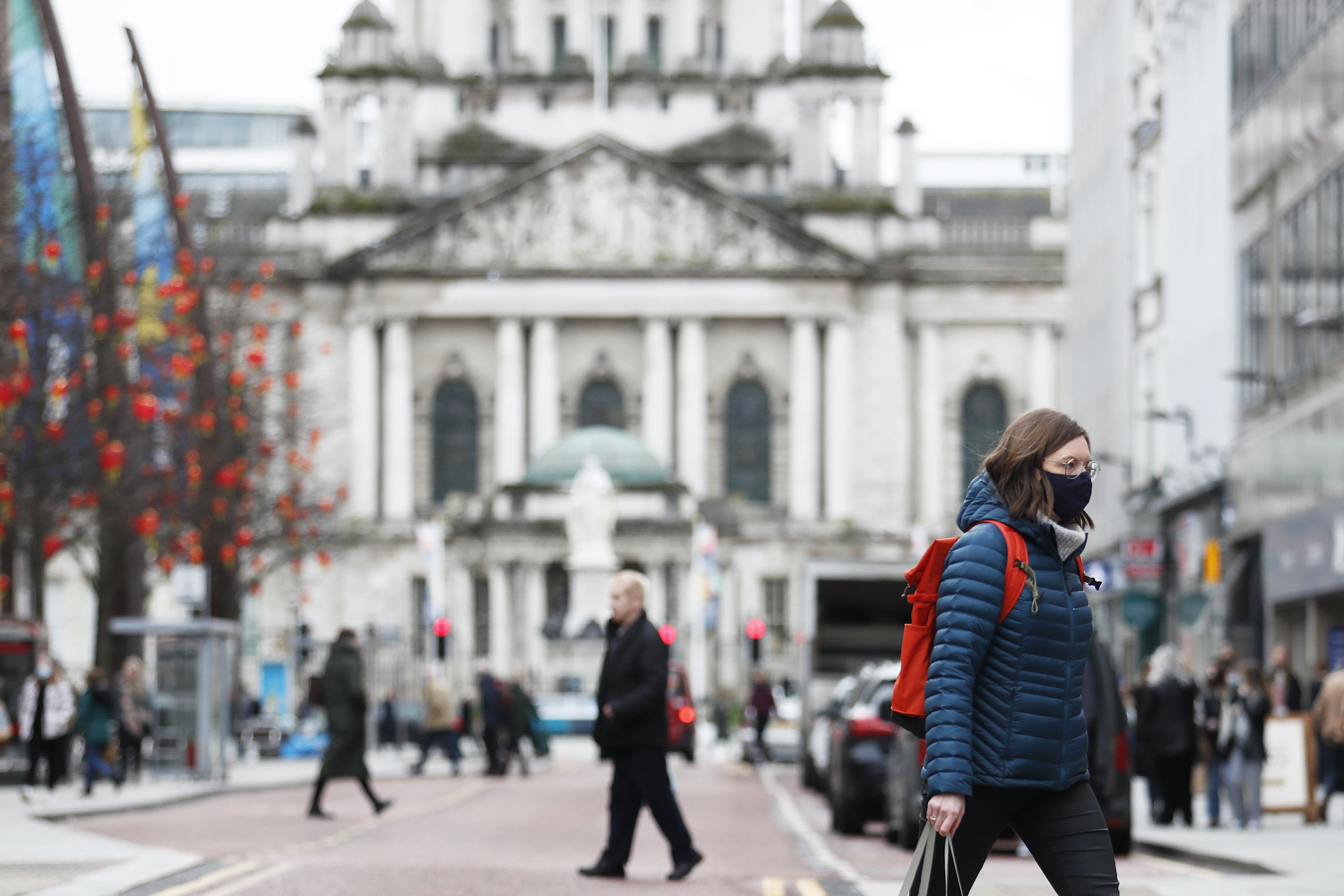Study reveals cross-border tourism in Ireland is stronger than ever
The authors said that ‘notwithstanding some public commentary that many people from the Republic of Ireland never travel to NI’

Your support helps us to tell the story
From reproductive rights to climate change to Big Tech, The Independent is on the ground when the story is developing. Whether it's investigating the financials of Elon Musk's pro-Trump PAC or producing our latest documentary, 'The A Word', which shines a light on the American women fighting for reproductive rights, we know how important it is to parse out the facts from the messaging.
At such a critical moment in US history, we need reporters on the ground. Your donation allows us to keep sending journalists to speak to both sides of the story.
The Independent is trusted by Americans across the entire political spectrum. And unlike many other quality news outlets, we choose not to lock Americans out of our reporting and analysis with paywalls. We believe quality journalism should be available to everyone, paid for by those who can afford it.
Your support makes all the difference.Cross-border tourism between Northern Ireland and the Republic of Ireland has tripled in a decade, a report has found.
The joint study by Ulster University and Dublin City University found there were differences in the economic impact in Ireland compared with Northern Ireland.
There were more than 1.3 million cross-border visits made to Northern Ireland in 2023, compared with almost 400,000 in 2013.
International visits in the period 2013-2019 grew by 33% in Northern Ireland and 46% south of the border.
The authors said that “notwithstanding some public commentary that many people from the Republic of Ireland never travel to NI”, the number of trips from south of the border to Northern Ireland has “increased dramatically” over the past decade.
“In 2013, on average less than 100,000 cross-border trips were made per quarter, a figure that has grown to over 300,000 in 2023. In the years following the pandemic, over 200,000 trips per quarter have been recorded,” it said.
The study found that all visitors to Northern Ireland are more likely to be visiting friends or relatives than on holiday or a business trip, and of that number almost half will stay with them - considerably reducing the earned income from accommodation.
Visitors from Great Britain are crucial to both parts of the island, the study found, but the scale is different, making up two thirds of visitors to Northern Ireland compared with one third in Ireland.
The report found people stay in Northern Ireland for fewer nights, particularly long-haul visitors.
It also found a “buoyant and resilient” tourism industry across both Northern Ireland and Ireland, with “strong evidence” of a bounce back from the Covid-19 pandemic.
It said Ireland had approximately 4.3 times as many trips by international visitors compared with Northern Ireland in 2019, but 7.6 times as much expenditure.
The scale of domestic tourism trips within Northern Ireland, at roughly two million per annum, remained static in the decade from 2011.
South of the border, the scale of within-state tourism increased from 6.5 million to 11 million trips in the same period, probably reflecting the stronger economic performance.

Ana Desmond, senior economist at the Ulster University Economic Policy Centre, said the tourism sector across the island of Ireland “has demonstrated remarkable growth and resilience” in recent years.
“This research has shown how the international and domestic visitor market has both grown and diversified with recent significant findings including the sharp and sustained increase in domestic cross-border visits to NI since the Covid-19 pandemic.
“Tourism growth and development is a natural area for co-operation across the island and has been ongoing for many years. The sector has demonstrated that it can adapt to external challenges and recover strongly.
“It will need this quality to tackle the current challenges which have been identified by businesses both sides of the border, which include labour market shortages and concerns over the cost of doing business.”
Professor John Doyle, vice president for Research at Dublin City University, said the research “highlights a real opportunity for economic growth, for businesses to grow their income and profitability, and for better wages in the sector”.
“Co-operation will benefit both parts of the island, but given the more developed tourism industry in the Republic, it should benefit Northern Ireland to a much greater extent.
“In order to close the gap with the Republic, public policy needs to move beyond the current levels of co-operation, to build a single tourism offering, in marketing, visa requirements, tax and regional development policy and, perhaps most crucially, in the perception of the visitor.”
Join our commenting forum
Join thought-provoking conversations, follow other Independent readers and see their replies
Comments